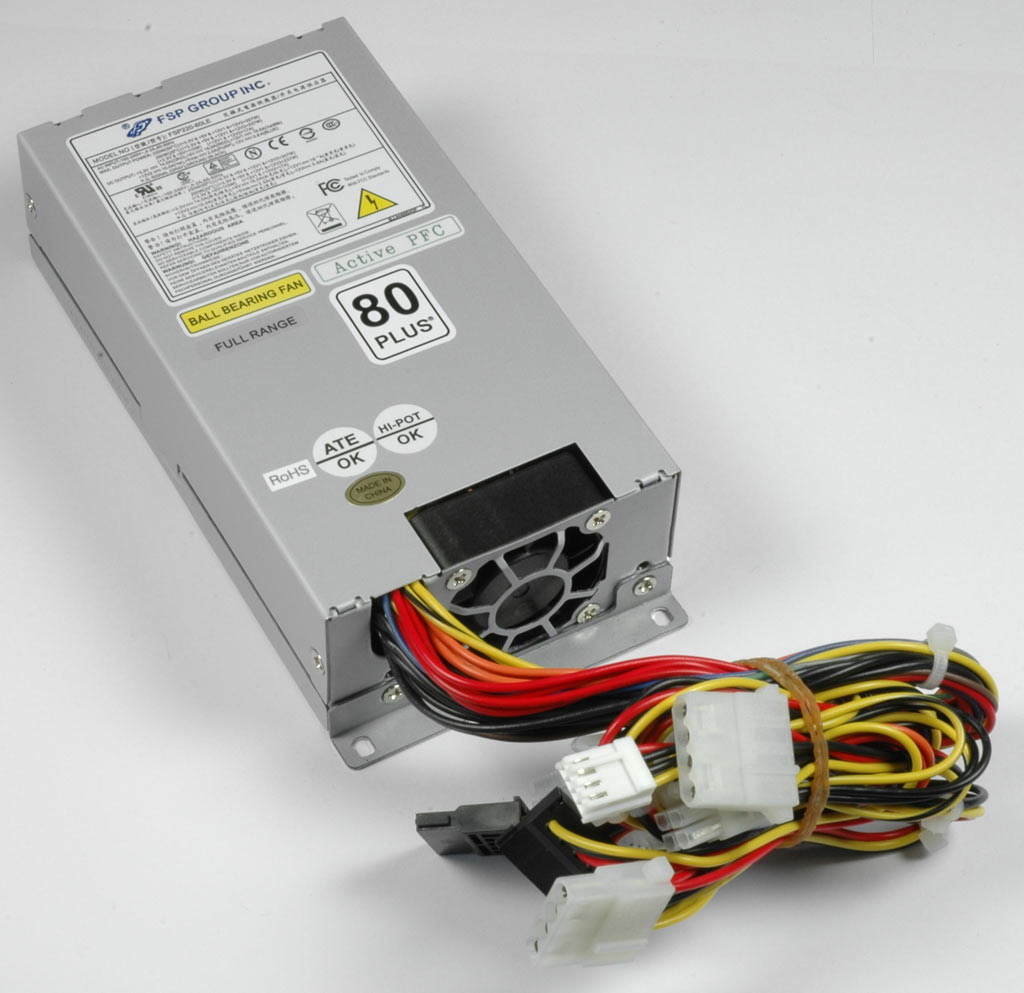Maximum Efficiency: Build A 25W Performance PC Using Core i5
Step 1: An Efficient Power Supply
We’ve been using the 750W Silencer from PC Power and Cooling for a long time because it offers enough output for a majority of the configurations we test on a daily basis here in the lab. It is an 80 PLUS device, but it's not the right choice for a low-power computer for a very simple reason: power switching circuits are typically only efficient within a certain output range.
For this reason, the 80 PLUS specifications define efficiency for three different load scenarios. In a simple example, 80 PLUS Gold requires 87% efficiency at 20% of the nominal load, 90% efficiency at 50% load, and 87% efficiency at full output. In the case of our 750W Silencer, 20% load equals 150W—a level we want nothing to do with on our test system. Clearly, we needed a different PSU for this project.
This small 220W power supply by FSP/Fortron is also an 80 PLUS device. Its small capacity may not make it seem attractive at first, but a 20% load equals 44W—much closer to where we want to land. Check out the results of this simple component exchange in the results section on the following pages. This measure alone was the most important step in power consumption reduction, moving the system from 33W idle to only 26W idle.
Get Tom's Hardware's best news and in-depth reviews, straight to your inbox.
Current page: Step 1: An Efficient Power Supply
Prev Page Core i5-661 And MSI H57M-ED65 Next Page Step 2: Undervolting
